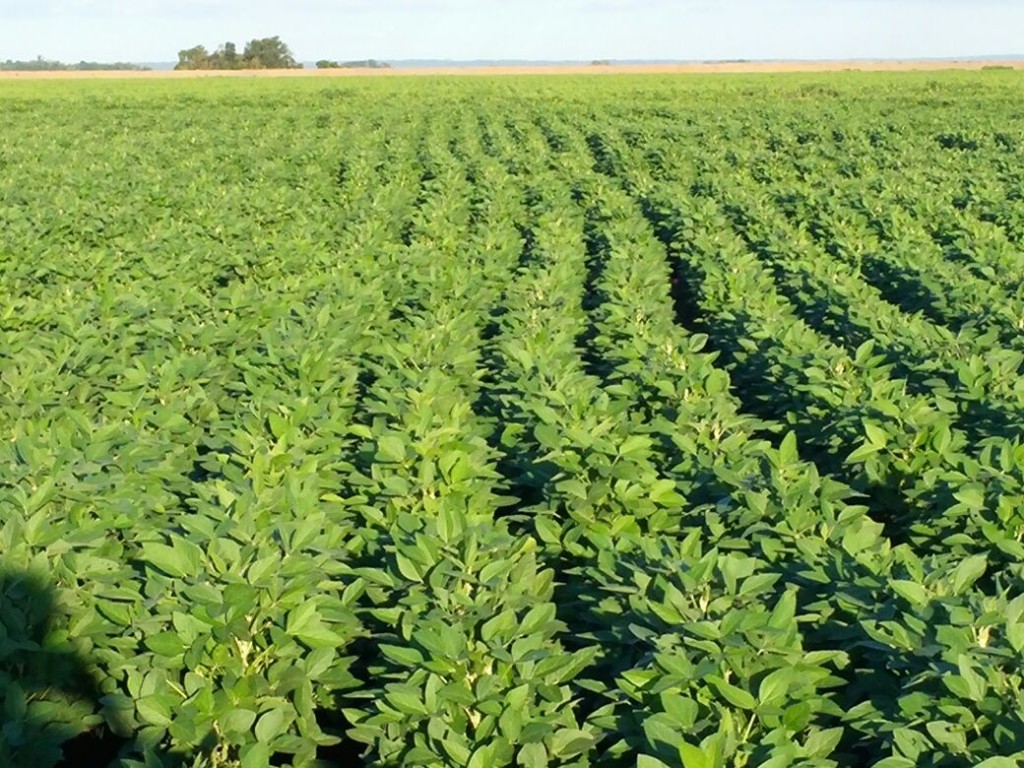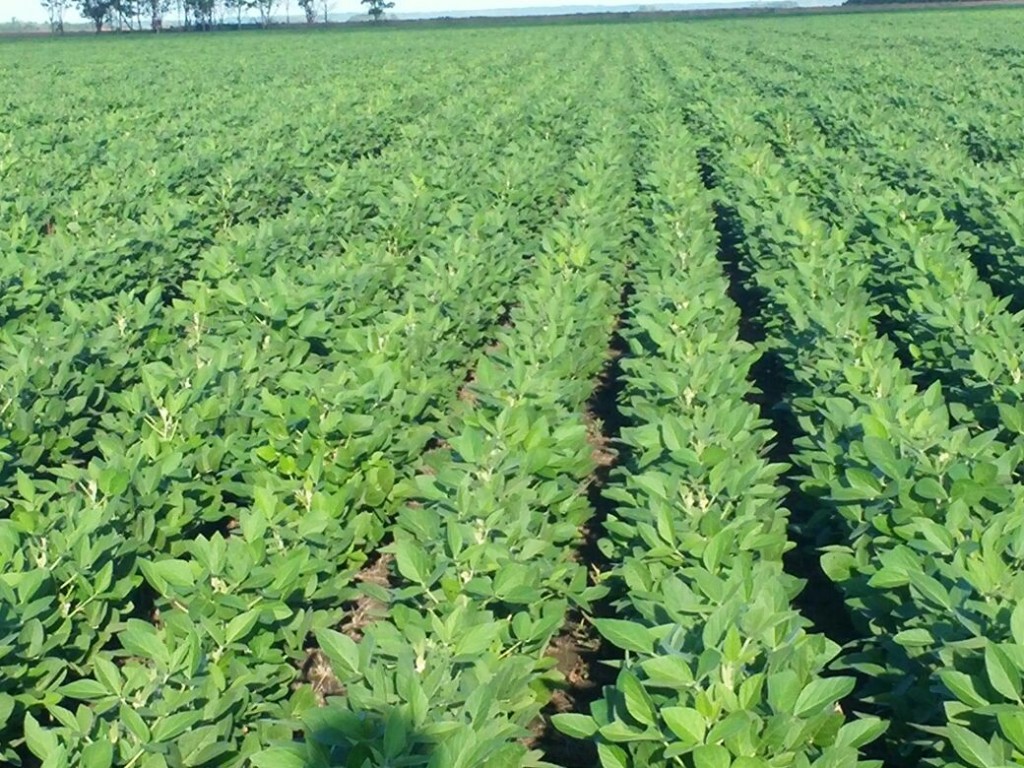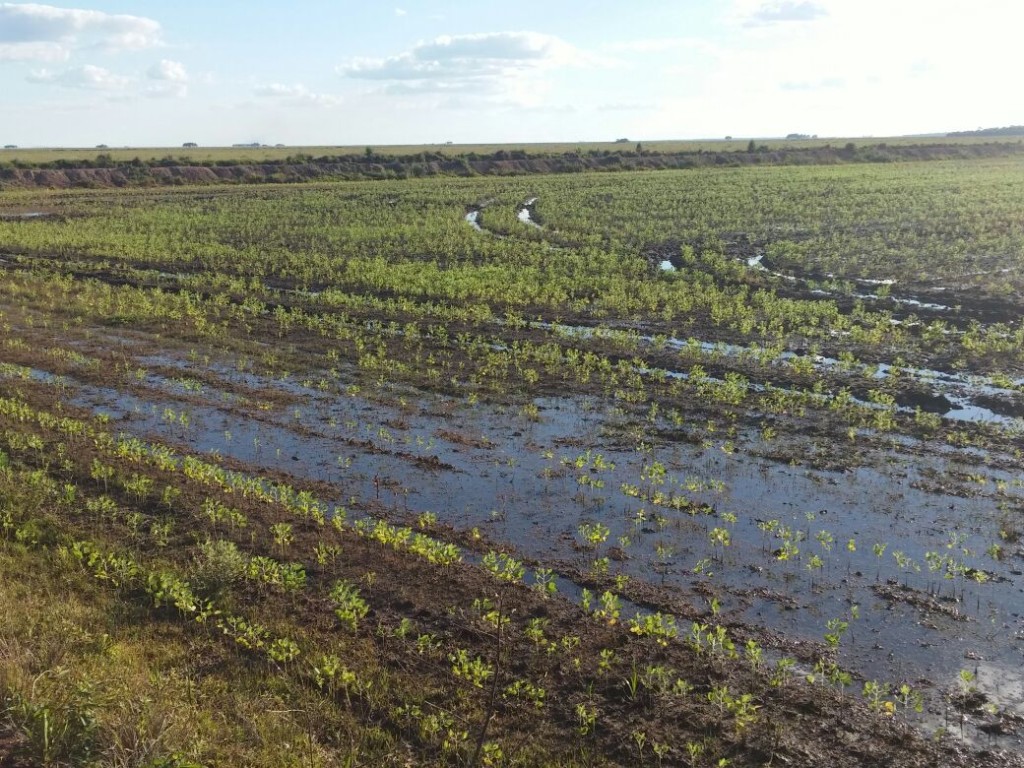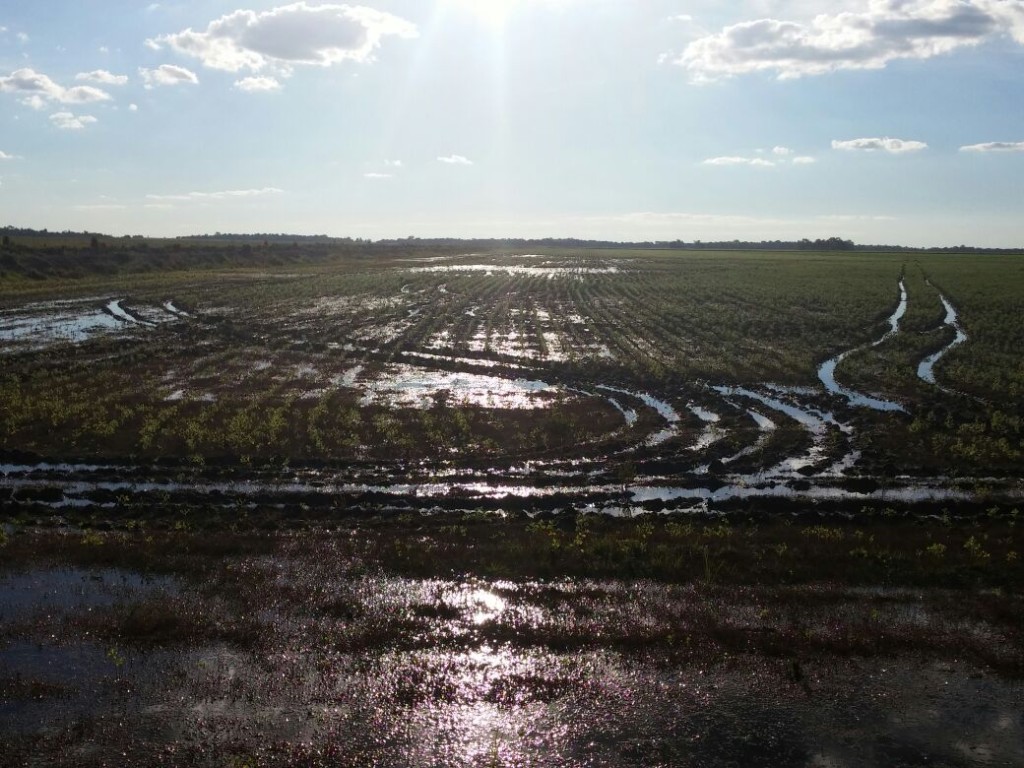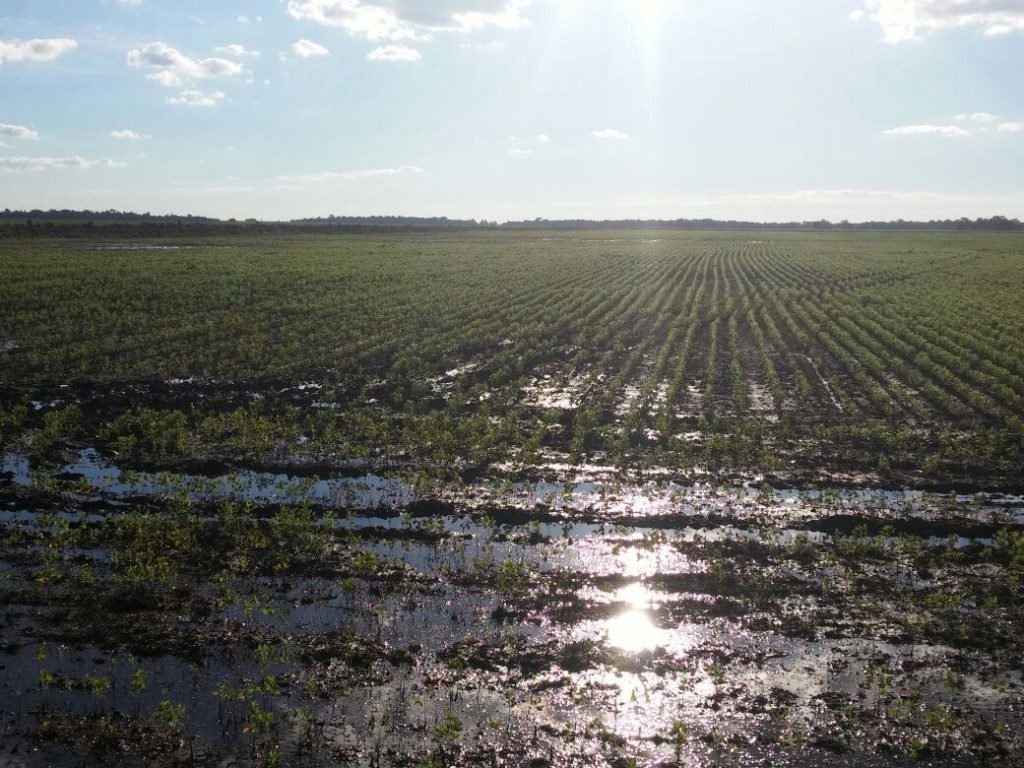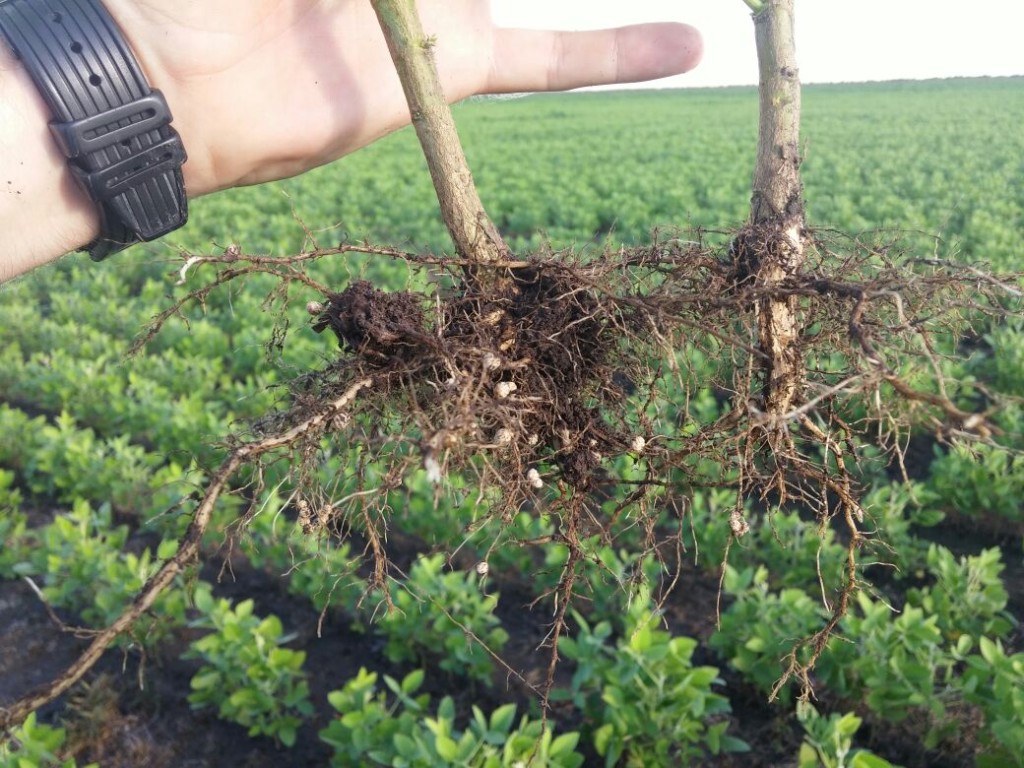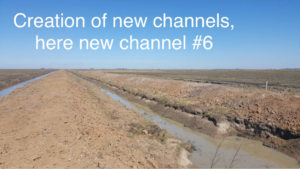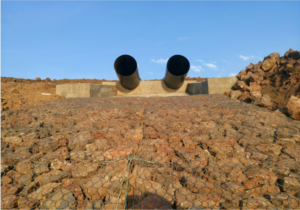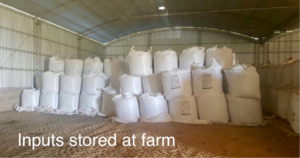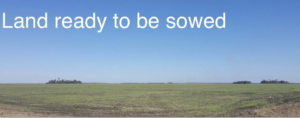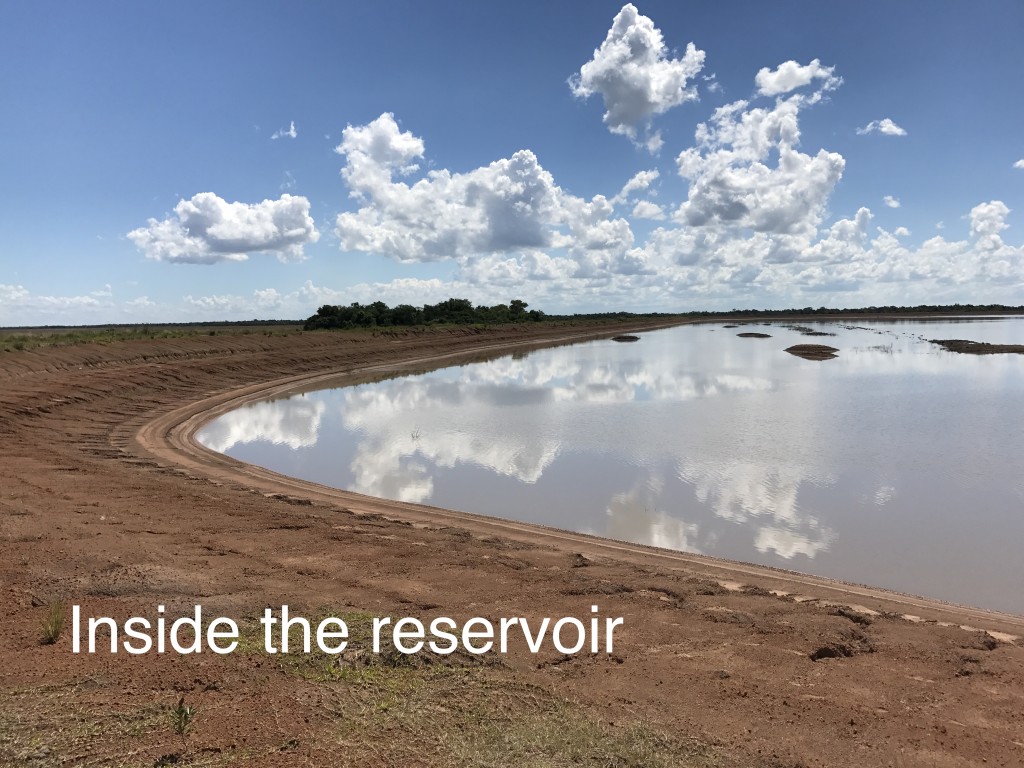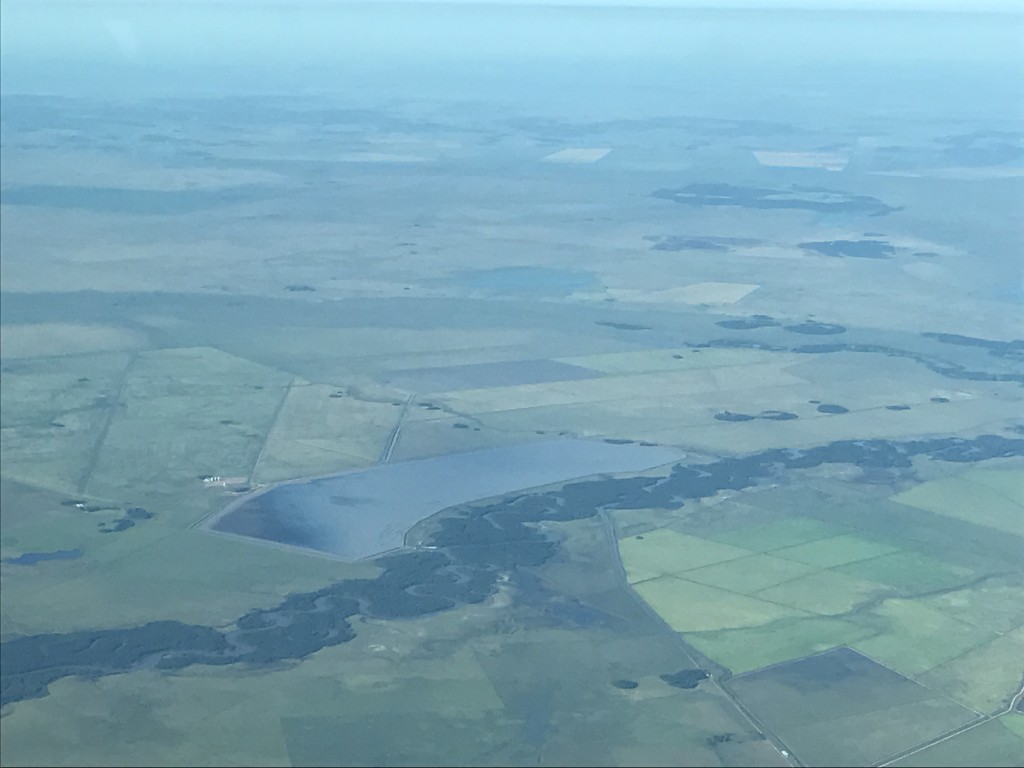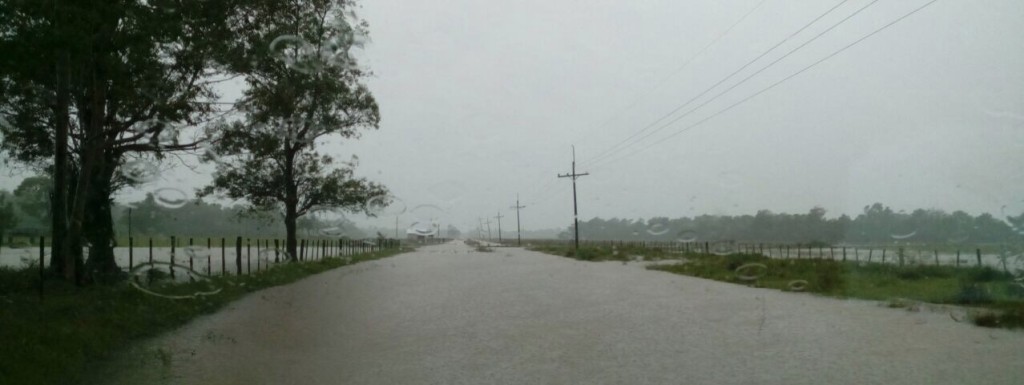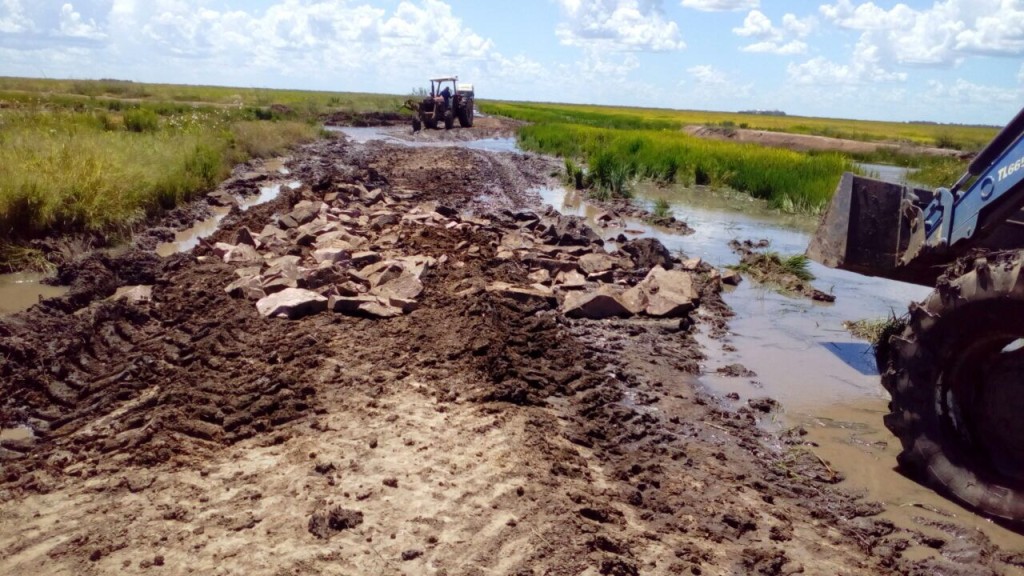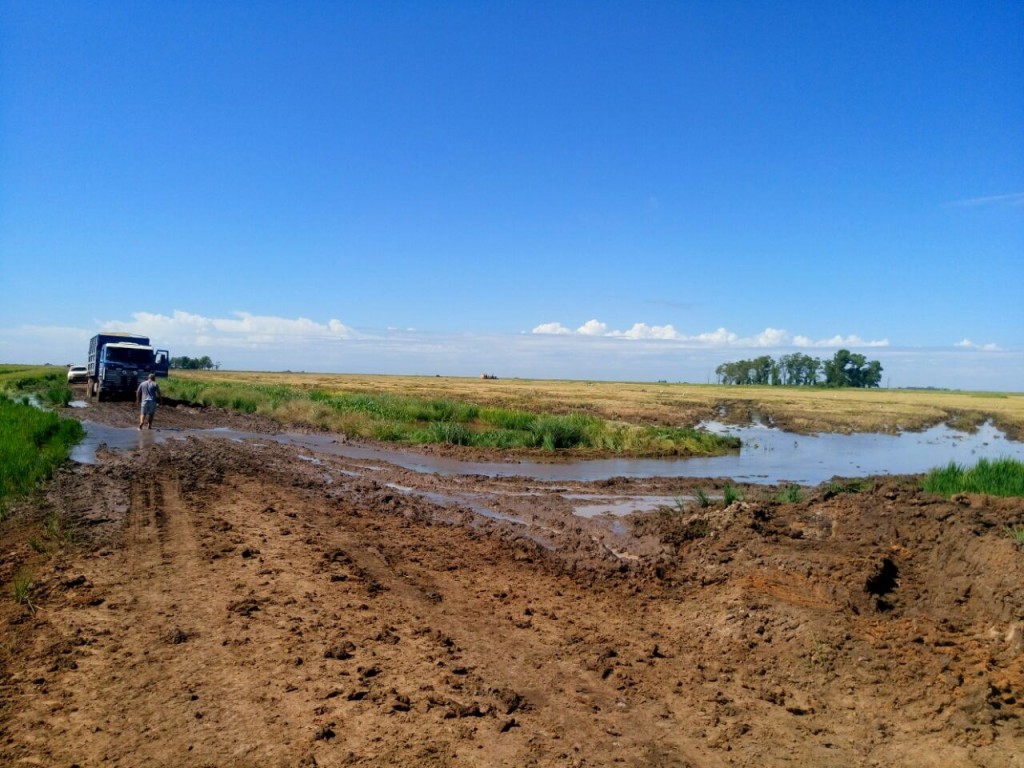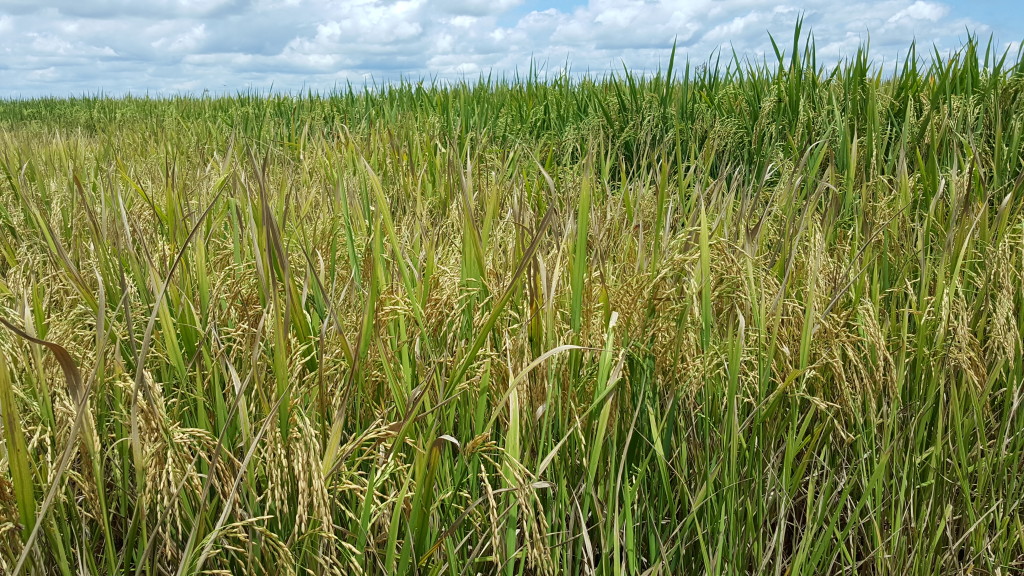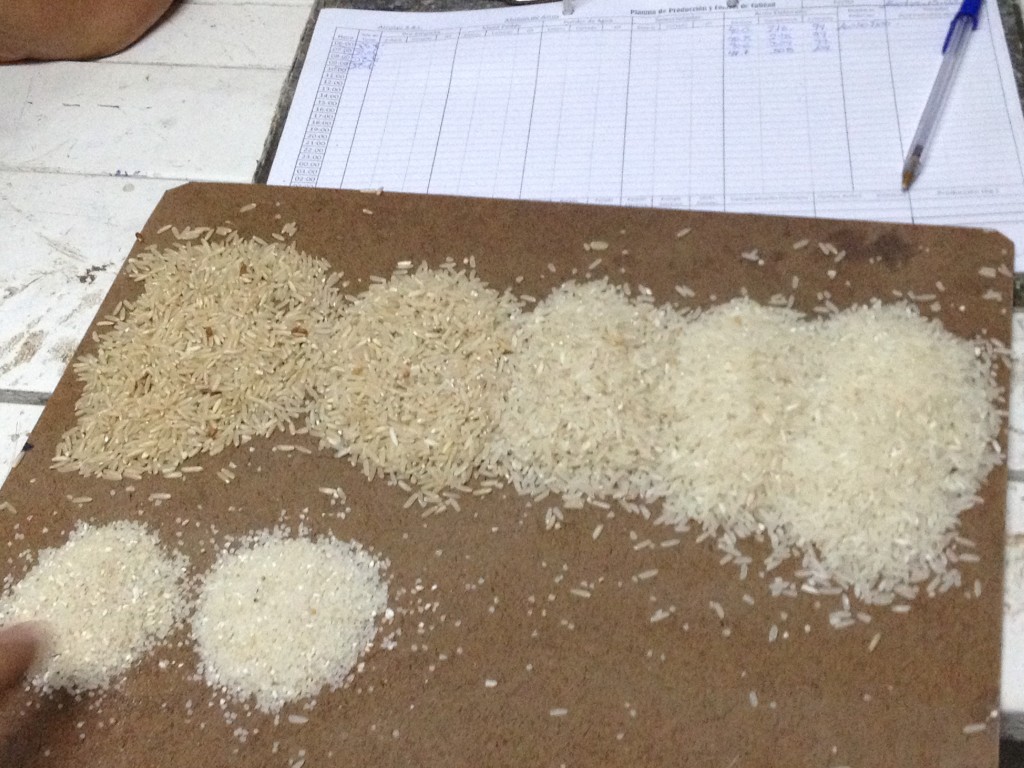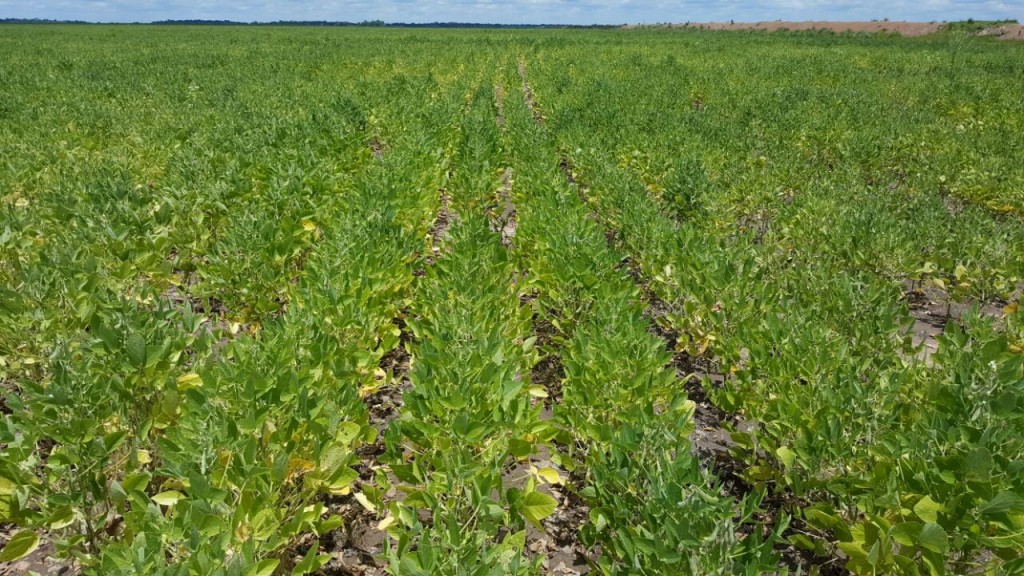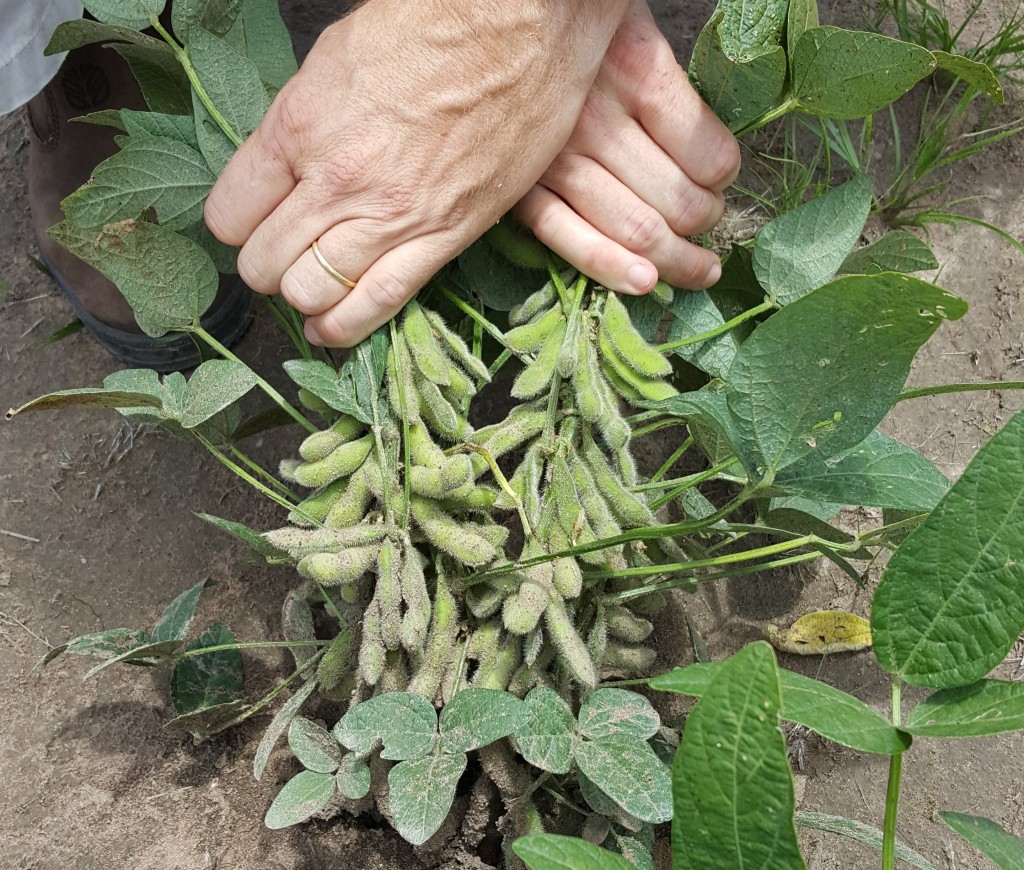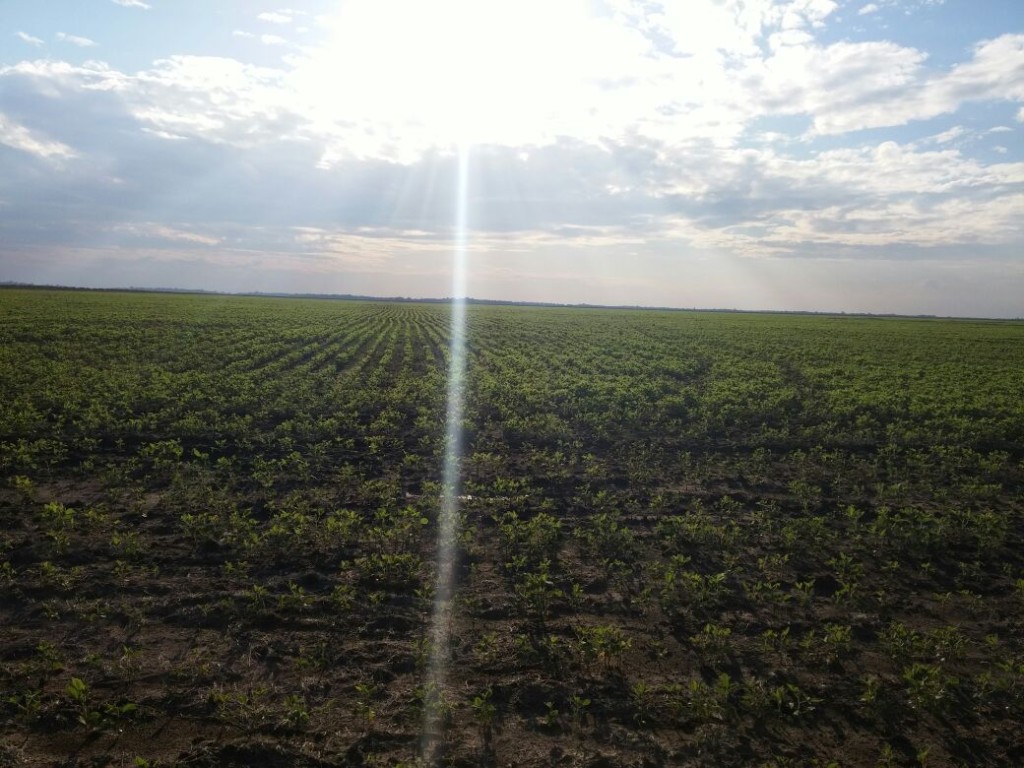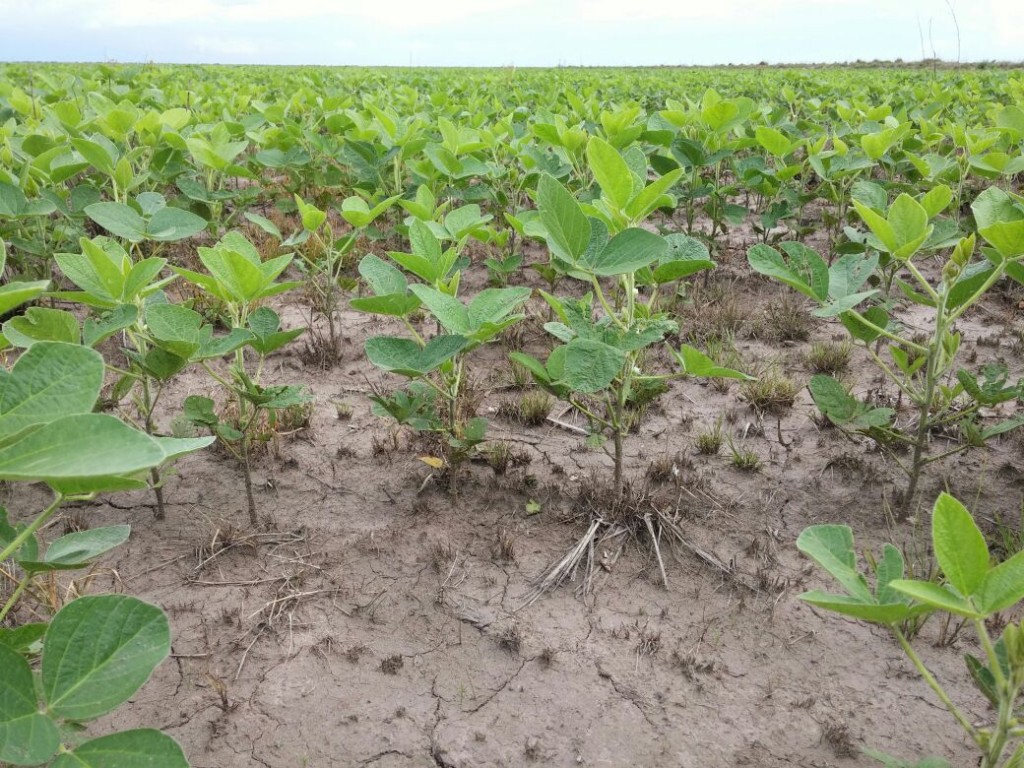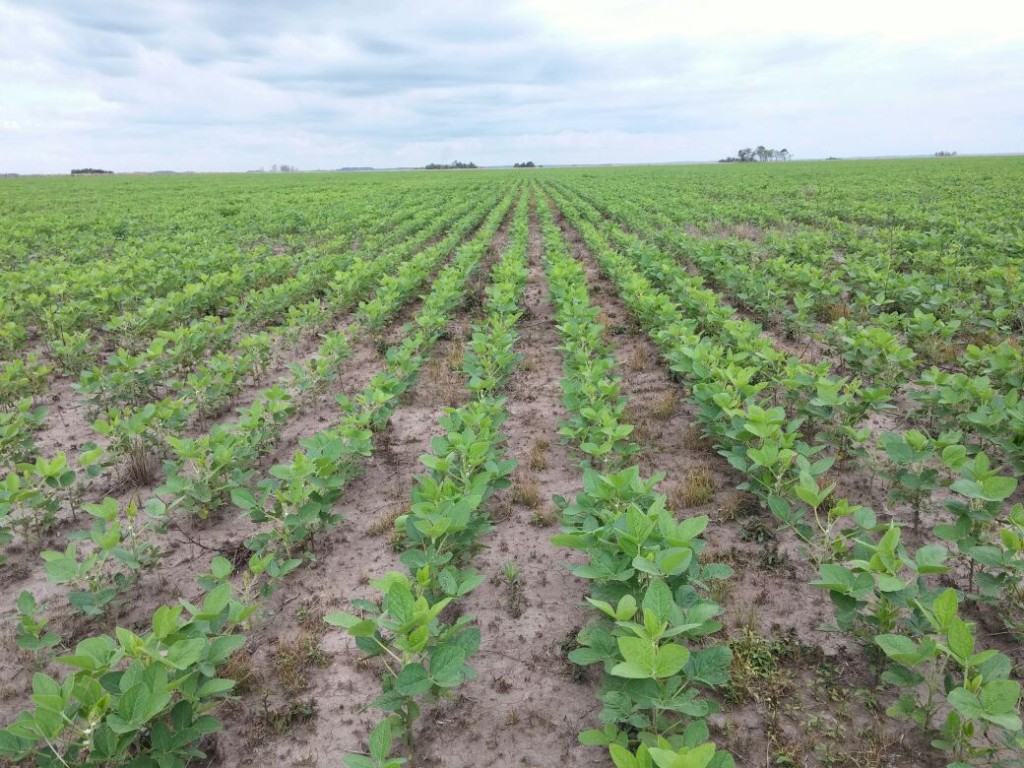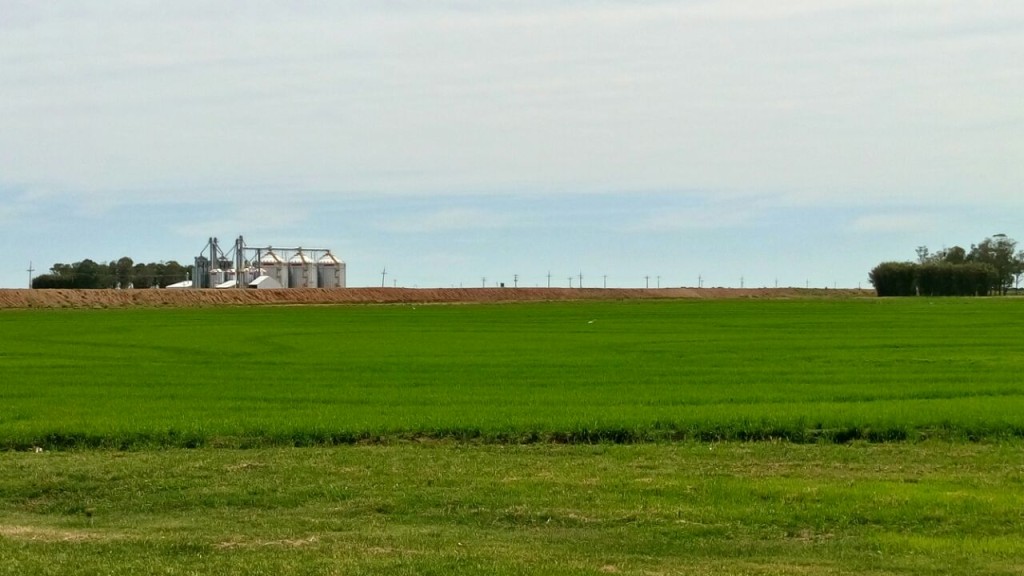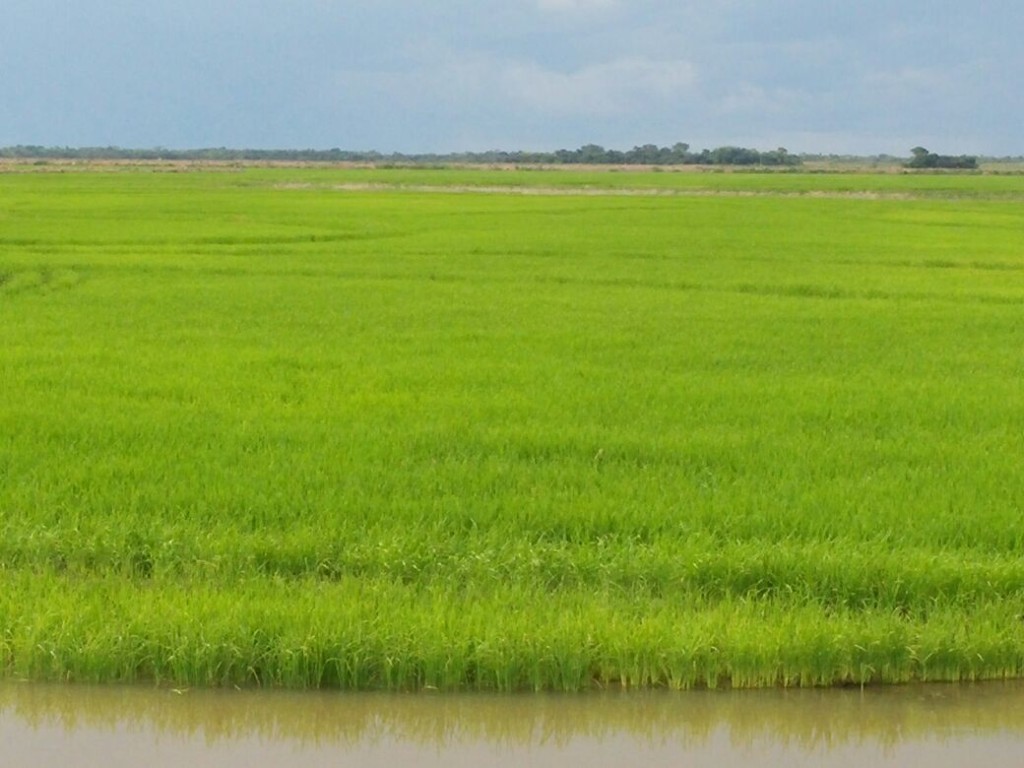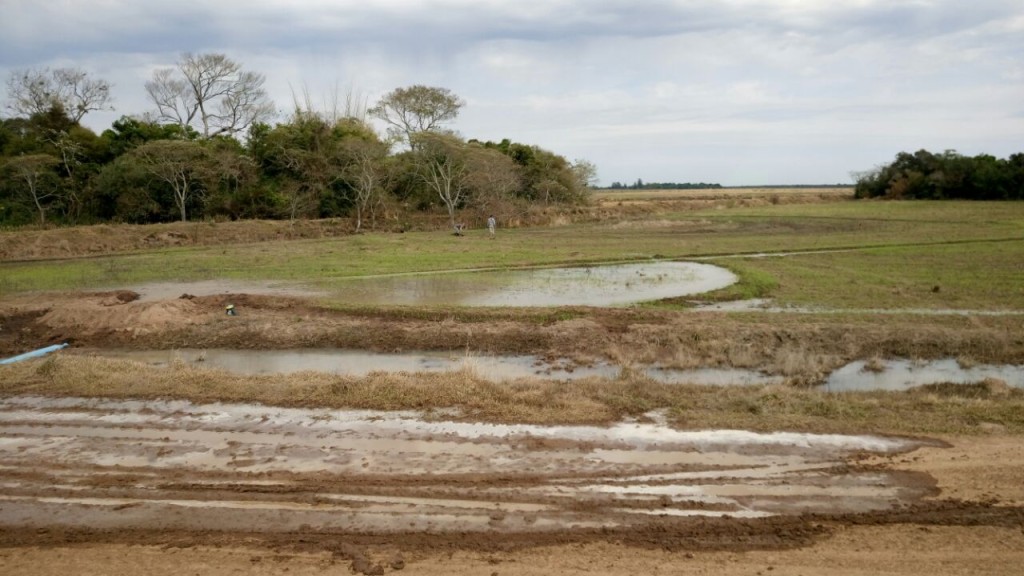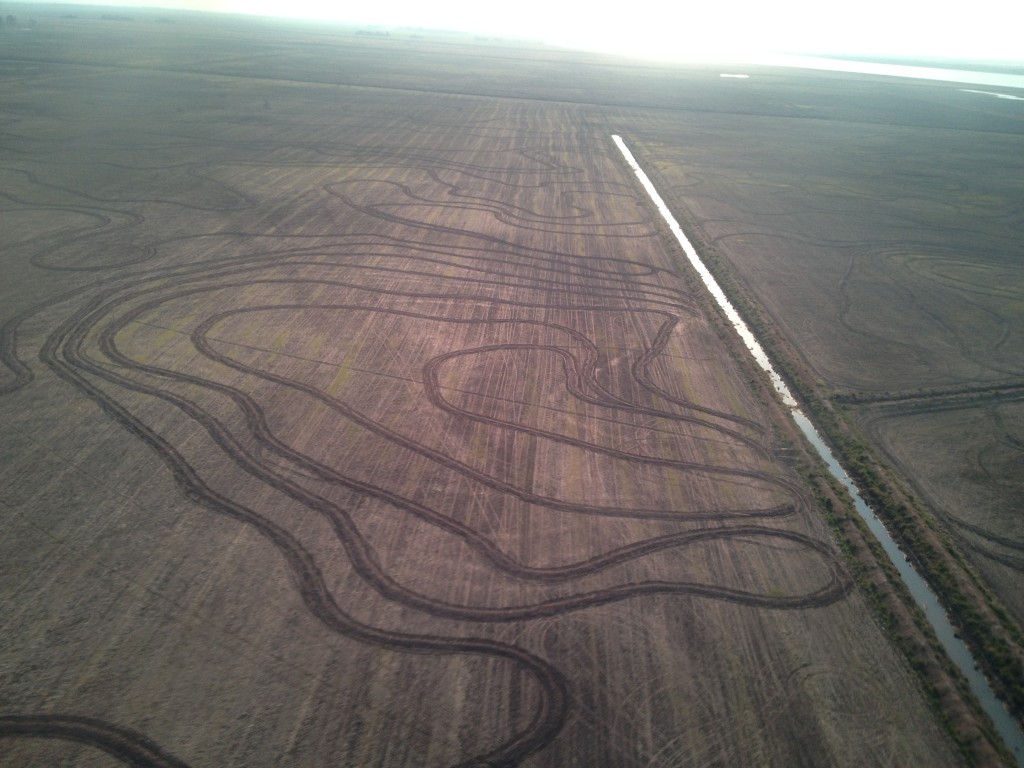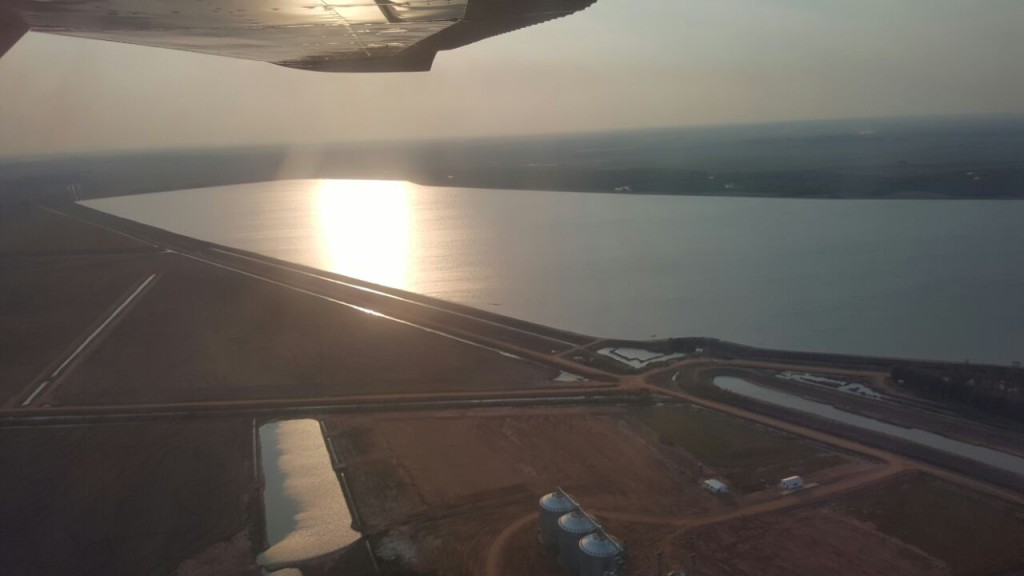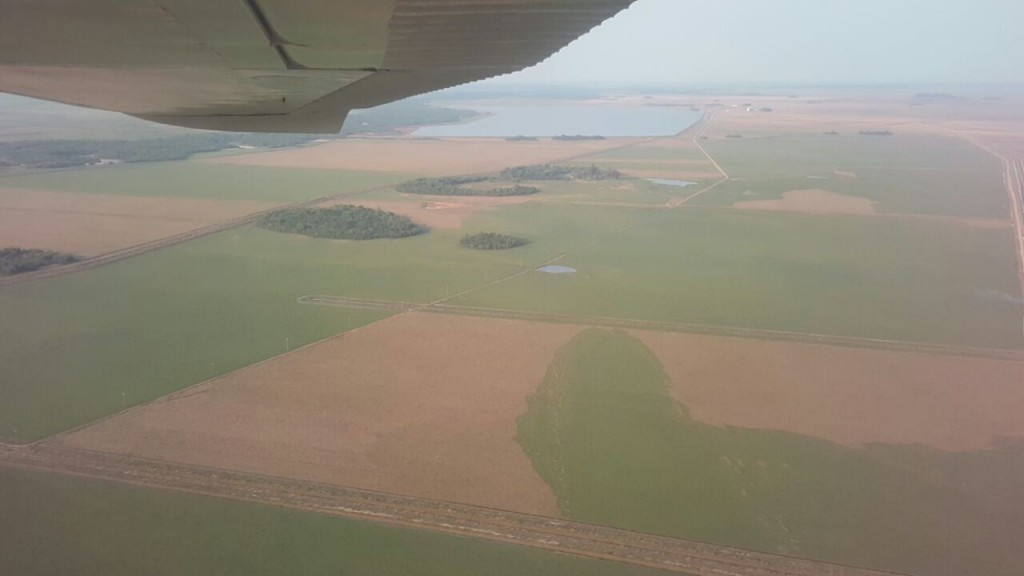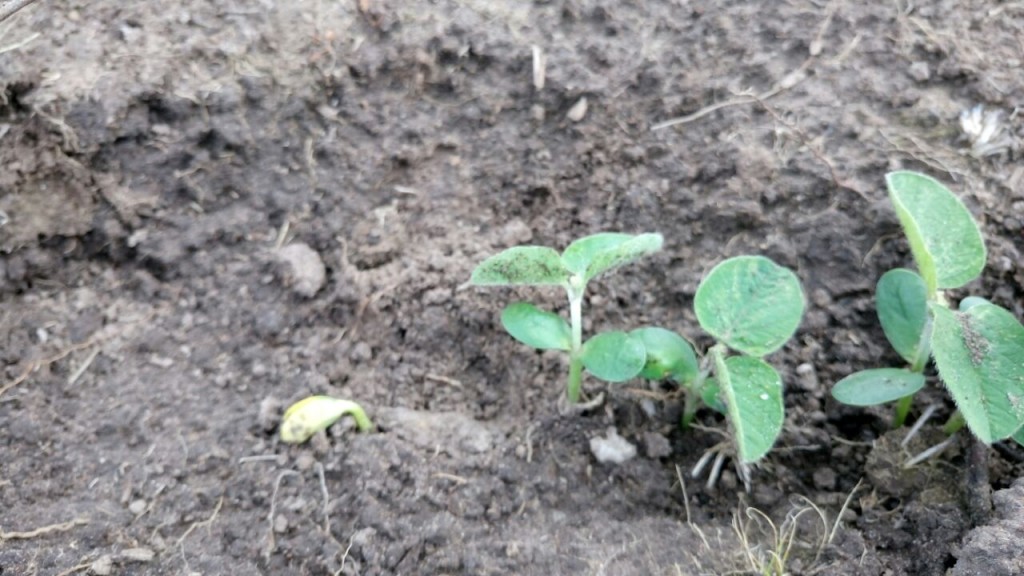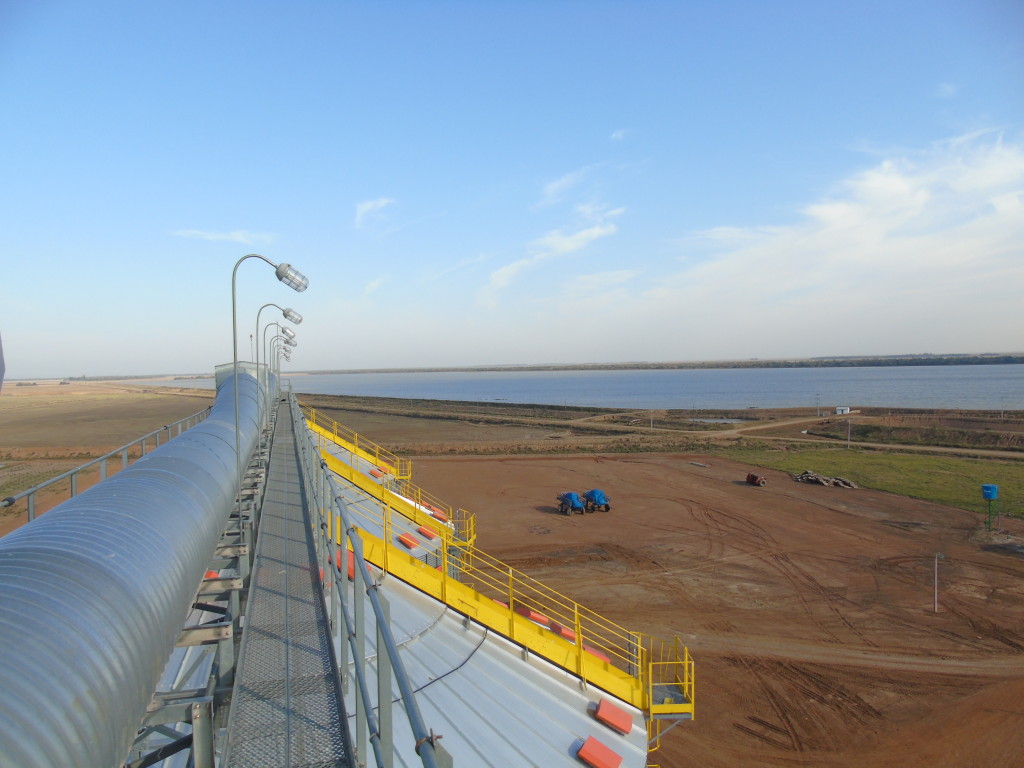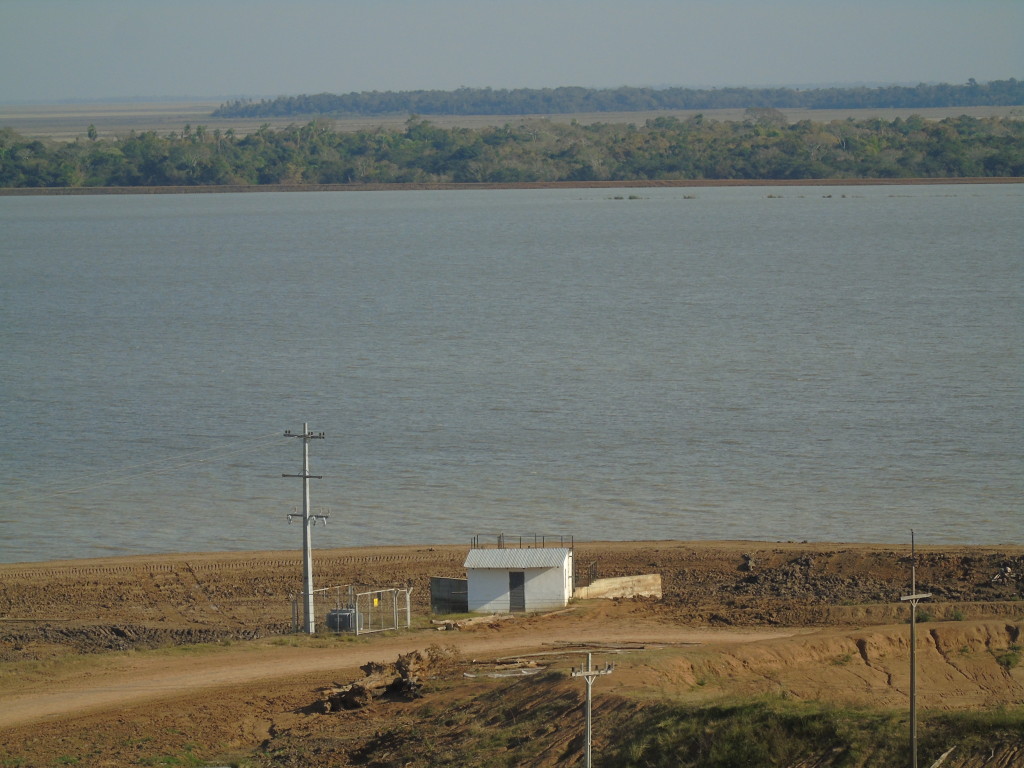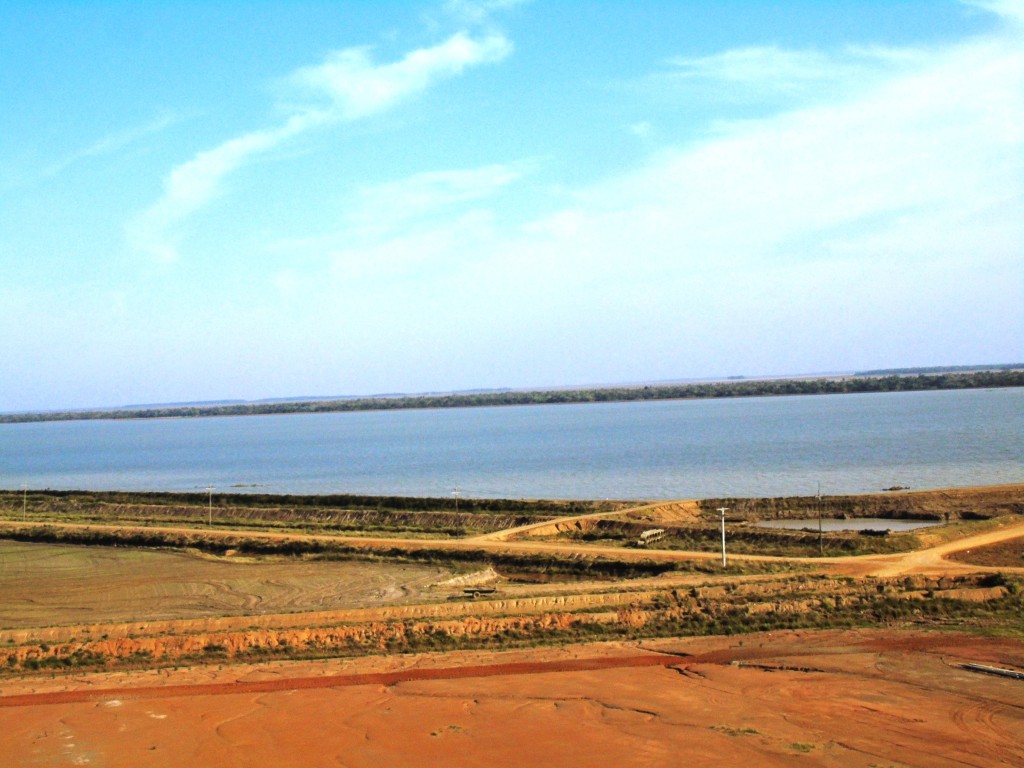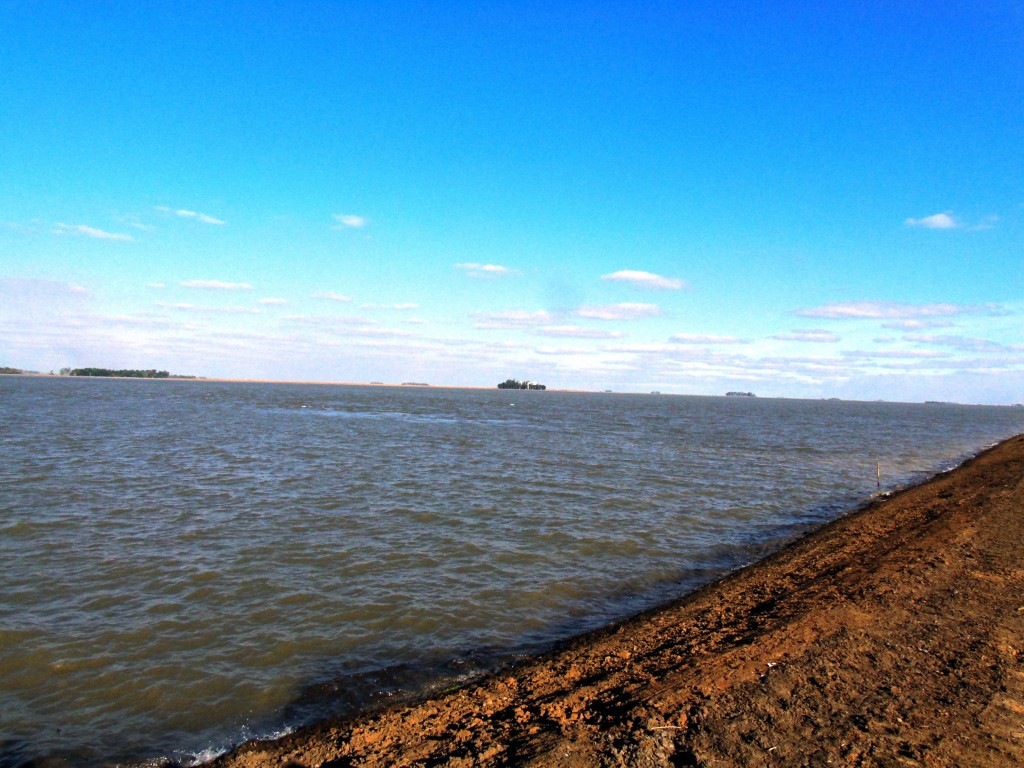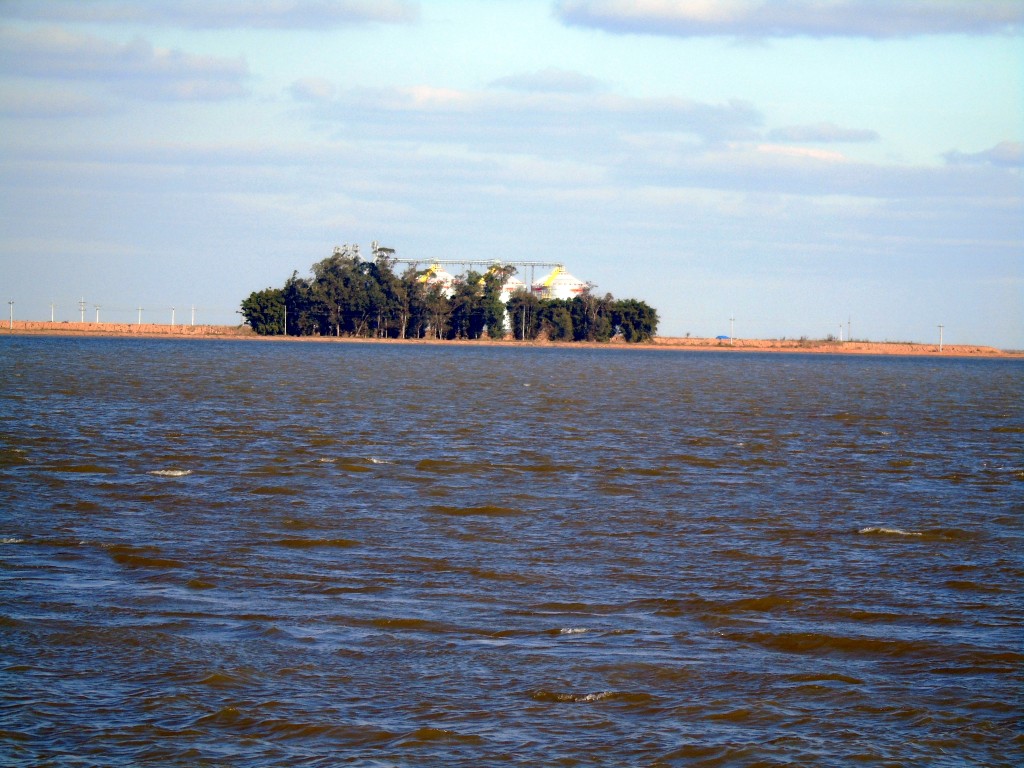Rice cultivation: The average sowing period took place during the optimum date for the crops (from September 13 to October 15).
October and November were months of vegetative development of the crop. During those months, our region has register lower temperatures lower than normal. Due to this factor, we could observe that rice plants are less developed as they should be.
December is the month of definition of yield potential, subject to how temperatures and solar radiation behave.
There are no rainfall deficits or low river level observed so far, and our artificial lake has enough water reserve until beginning of January.
We estimate that harvest will start this year by January 20, 2017.
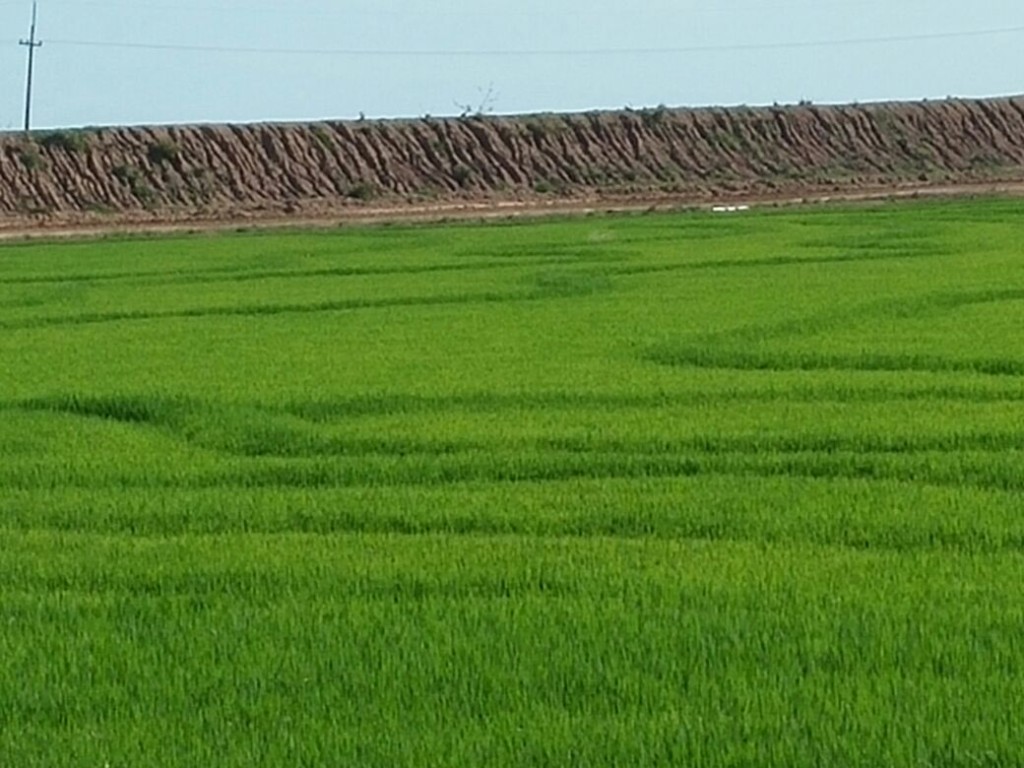
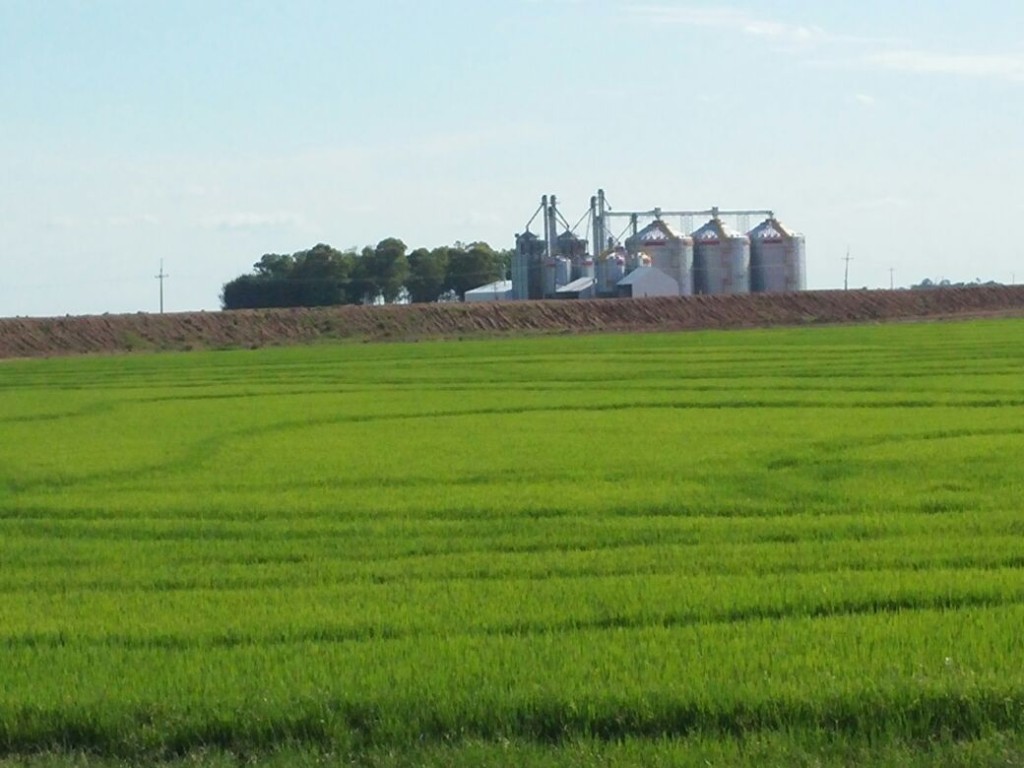
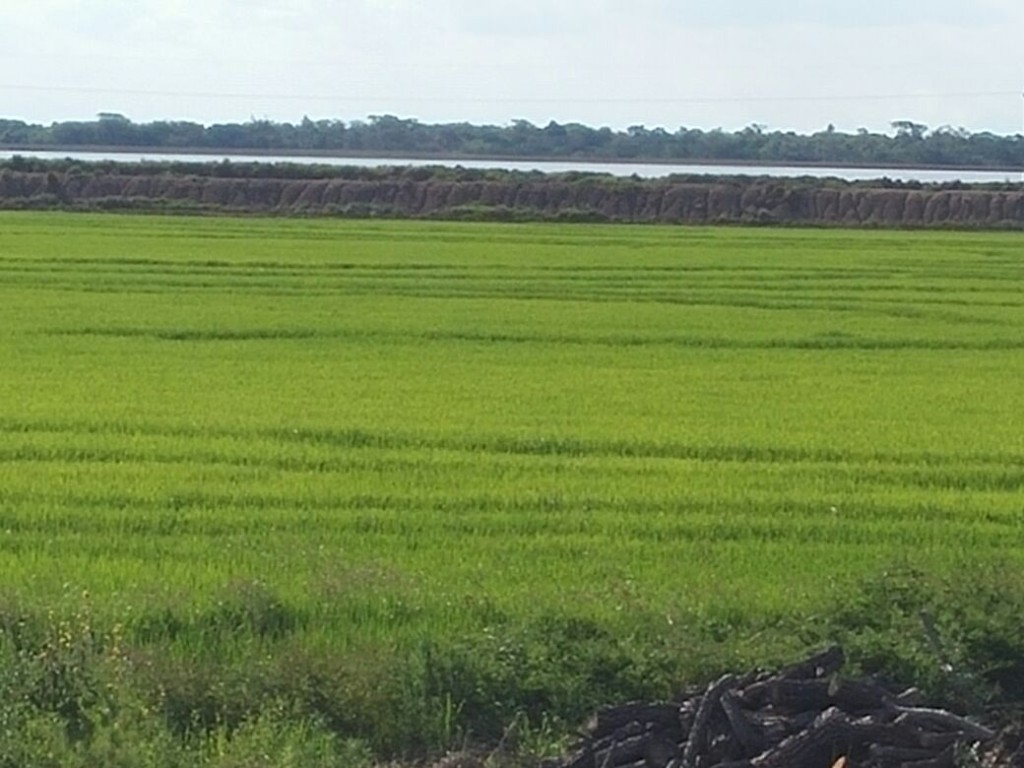
Soybean cultivation (test campaign for diversification purposes): The crop has been planted during the optimal period (end of September).
October and November were months of heavy rainfall (we record 304 mm and 185 mm accumulated water during those months). Excess water is hurting this crop development, in opposition with rice, so as lower temperatures affects development and optimum growth.
Good soil drainage is a priority for this crop, as it is surrounded by plots of irrigated rice, where the sub-surface layer is high. So we registered some flooding situation in some sectors planted with soy. Those area of crops are lost – 10 to 15 hectares of cultivated area.
In December, we need to register high temperatures and no heavy rainfalls events. It is key for a good development of the plants as they will be in their reproductive period (definition of yield).
